A Different Kind of Pilot Decision—Choosing Not to Fly
Air Facts
MAY 28, 2025
An approaching system threatened to bring widespread low ceilings, embedded thunderstorms, and wind shear across much of the southern U.S. An approaching system threatened to bring widespread low ceilings, embedded thunderstorms, and wind shear across much of the southern U.S.


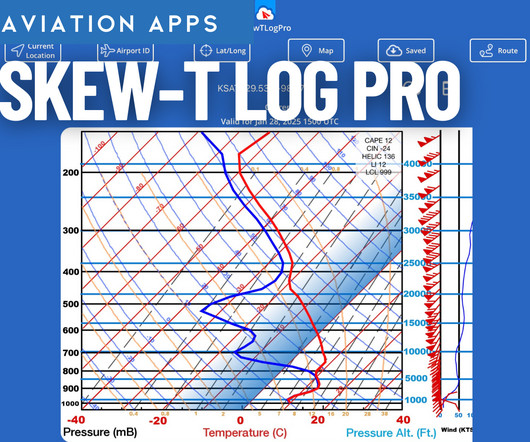

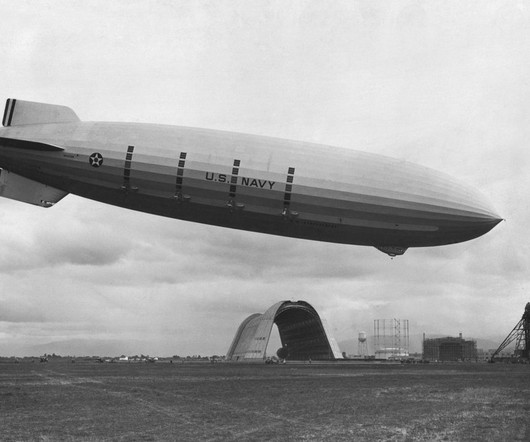




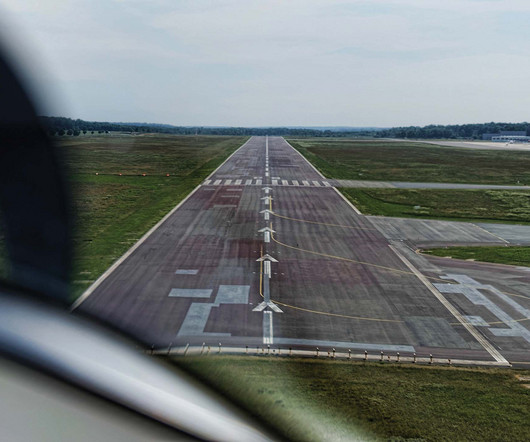
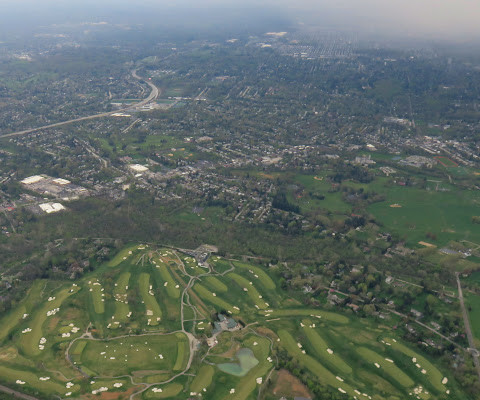

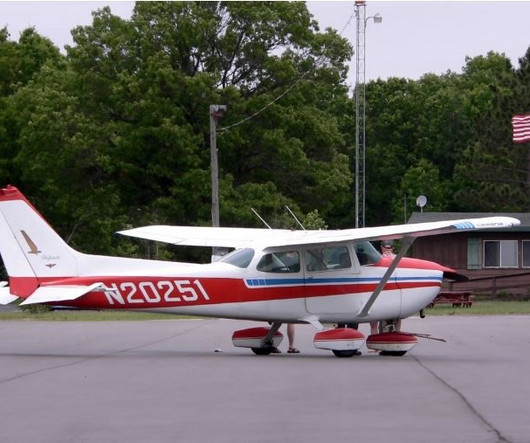

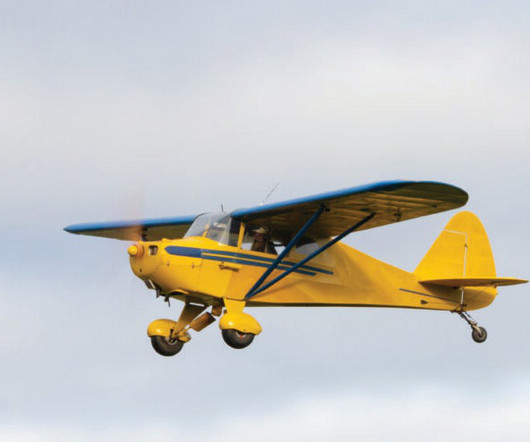






Let's personalize your content